
the very noticeable Sexodrome on Place de Clichy in Pigalle, Paris. in English, the -drome suffix usually connotes the location of a particular sporting activity (cycling takes place at a velodrome, horse racing at a hippodrome), so i guess that makes this the gym for French folks.
i guess this post should come last out of the French ones (there will be a few), but i really wanted to get to this slightly scandalicious picture. it was taken with Jill's characteristic skill in the Pigalle red-light district, near to Montmartre. the Sexodrome is about the most obvious of the area's risque establishments, and is roughly across the street from the incredibly obvious Moulin Rouge. meaning "red mill", the Moulin Rouge is a late 19th century cabaret made famous in the United States (and doubtless elsewhere) by the recent movie of the same name, and it does indeed feature a larger-than-life version of its namesake structure:

the famous Moulin Rouge ("red mill") cabaret in the Pigalle area of Paris, near Montmartre. below, one of the soulful art nouveau signs for the Paris Métro (subway) system, this one at Pigalle station.

we didn't actually go to the "Féerie” show, mainly because it would have cost €89, which is about $126, and that without the dinner. still, it's a cool exterior and it was good enough to say we'd seen it. after doing so we made our way up into very nearby Montmartre. the patron saint of France, Denis, was decapitated on Montmartre in AD 250, thus giving the hill its name: "mountain of the martyr". in more recent history the area has been a magnet for artistic and creative types, with big names like Picasso, van Gogh and Matisse either living or working there. probably the artist most associated with the place is Henri de Toulouse-Lautrec, the short-statured "soul of Montmartre" who produced numerous paintings of and posters for the Moulin Rouge. the most prominent landmark on Paris's highest hill is the Byzantine-inspired Sacré-Cœur Basilica, whose front steps play host to as many hippie revelers as its nave does worshipers. with or without those drunken view-seekers, Sacré-Cœur is an amazing sight, perhaps especially at night, when it is bathed in bright floodlight:

foreign visitors and local revelers flock to the bright Basilique du Sacré-Cœur, or Basilica of the Sacred Heart, that sits atop Montmartre in north-central Paris like moths to a night light. below, the inside is worthy of as much attention as the outside, boasting as it does one of the world's largest mosaics, this one named Christ in Majesty.

it's no surprise that the Basilica's steps attract so many people with such tremendous city views to be had, but the views inside the building can be equally impressive. Sacré-Cœur means "sacred heart" and accordingly the apse features a giant mosaic of Jesus with said heart, entitled Christ in Majesty. historically this is one of France's more important churches, having its roots firmly implanted in the soil of post-revolutionary politics, and its designation as a basilica may reflect some of that significance. a basilica is, in the Catholic sense, a designation conferred upon a large and important church that has been afforded special ceremonial rites by the Pope. today there are almost 1,500 of them around the world, most in Europe: Italy is home to over 500. with the possible exception of St Peter's in Rome, however, Sacré-Cœur may be the most well known around the world. it is surely one of the most spectacular.

the Eiffel Tower, here set a-twinkle as it is for about five minutes, apparently every (dark) hour on the hour. there are also a pair of continually revolving searchlights atop the tower, added for the new millennium just like the twinkling lights.
for real spectacle one need not look much farther than Paris's--indeed France's--most celebrated icon, the Eiffel Tower. visible, as it is, from all over the city, we saw it from all angles and a wide range of distances during our five days in town, not to mention in different lights. though there'll be more to say about the structure itself, mentioning La Tour's nighttime appearance is a necessity. bathed in a sodium-yellow glow from the hundreds of lamps affixed to its trusses, the tower stands out as a slightly eerie but awesome beacon in the dark sky, especially the closer one gets to it. to be smitten with it seems like such a cliché, and we went expecting to be somewhat disappointed by a landmark that would turn out to have been dramatically over-hyped, but the Eiffel Tower really is incredible, exuding a very compelling attraction that, much like magnetism, gets stronger the closer you are. maybe that's why it's made of metal. after returning to the ground from up in the observation decks, from where we'd seen the sun go down, we got a very powerful example of the tower's ability to amaze: the hourly display of powerful twinkling lights, pictured above, came on right at 10 and immediately a very audible collective gasp-cum-squeal went up from the probably hundreds of people milling around the tower's large footprint. this reactionary cry seemed more impressive than the light show itself, which may help explain the Eiffel phenomenon: each of those in whom the tower's magic was thus instilled will likely carry their personal testimonial of its wonder back to those far corners of the earth whence they came. they'll tell their friends, "you should see it in person, it really is as good as it's supposed to be--maybe even better." so friends of thejayfather, you should see the Eiffel Tower and Paris in person. they really are as good as they're supposed to be and maybe even better, especially in the evening time.





































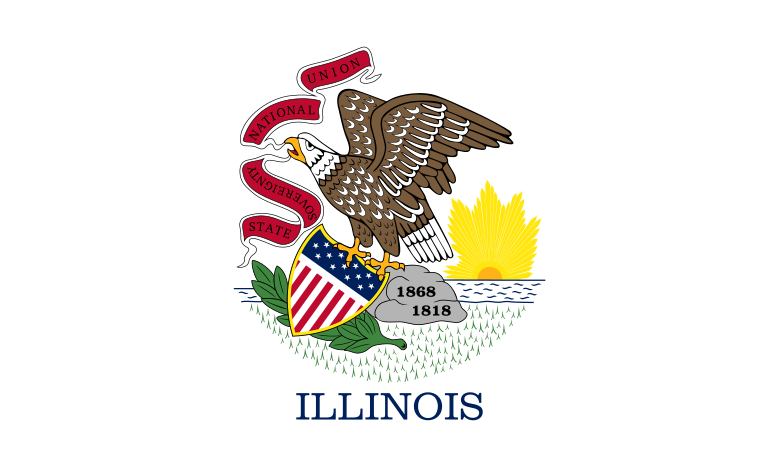




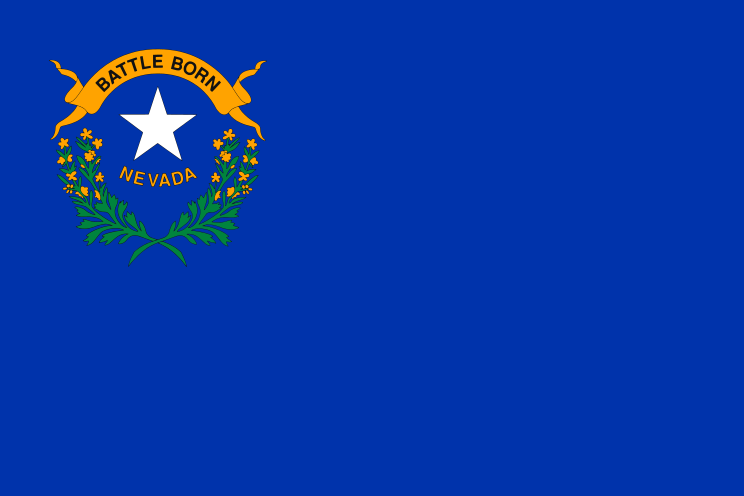




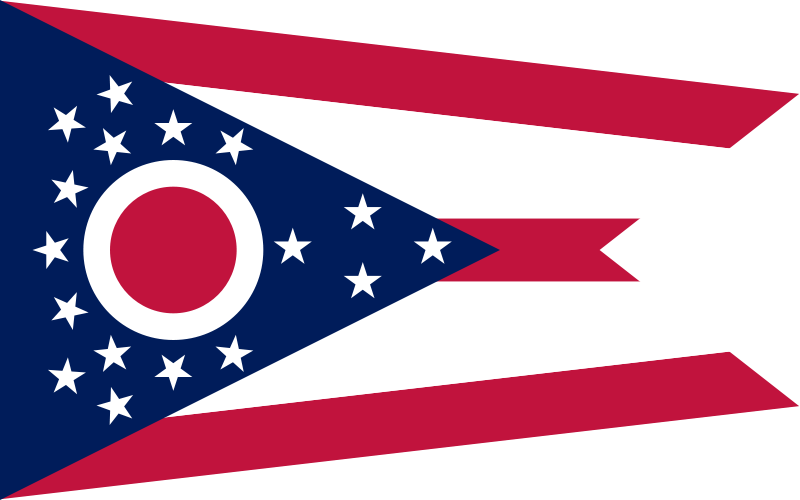

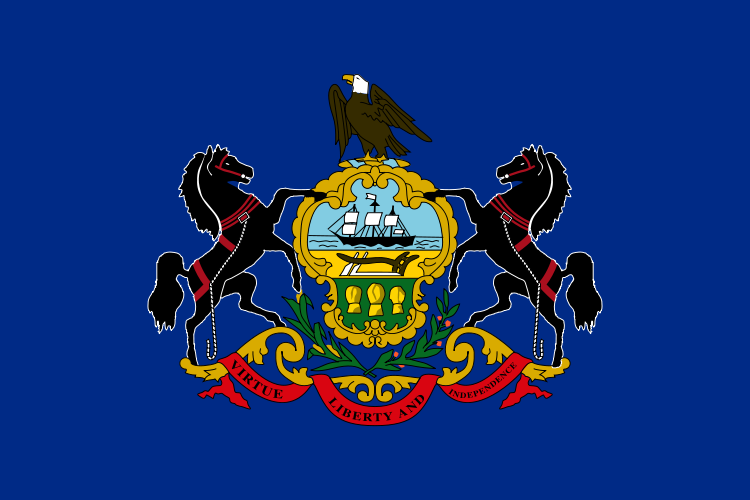





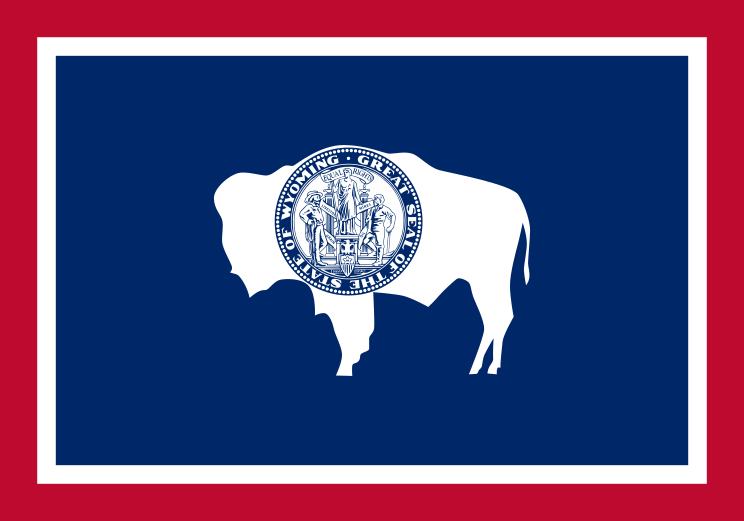
No comments:
Post a Comment